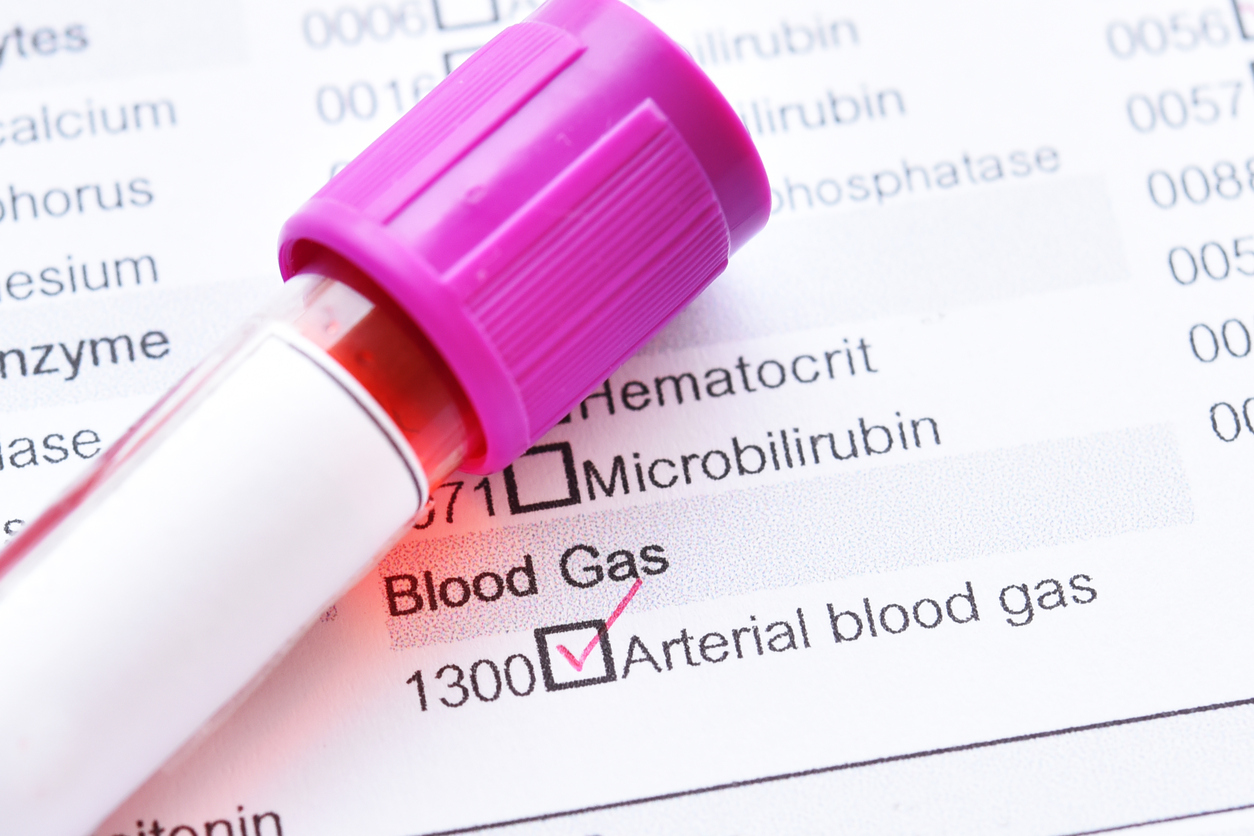Please send me a FREE Guide!


When you measure your blood oxygen level, you are measuring how much oxygen your red blood cells are carrying at the time the measurement is taken. Because every cell in your body requires oxygen to function properly, maintaining a normal blood oxygen level is essential to your health. If you struggle with breathing problems or heart problems, it is likely that your health care team will want to carefully monitor your blood oxygen level to ensure that your body is getting the oxygen it needs. [1] If your blood oxygen level is below normal, which is called hypoxemia, you will need to treat the condition quickly. Hypoxia is a condition or state in which the supply of oxygen is insufficient for normal life functions; hypoxemia is a condition or state where there is a low arterial oxygen supply — often these terms are used interchangeably.[2]
In order to understand your blood oxygen level, you should first understand how blood oxygen levels are measured. Both the arterial blood gas study and pulse oximetry can be used to measure your blood oxygen level. Pulse oximetry is most common as it is noninvasive, but the tests work differently, so depending on your health concerns, your doctor may opt to use one or both tests.

Pulse Oximeter
It is important to know what your personal normal blood oxygen level is, and your doctor will be able to identify what is normal for you after doing a thorough examination and running your blood oxygen level tests. You doctor will tell you if, as a result of COPD or another health condition, you should expect a lower than normal blood oxygen level.
Normally, a PaO2 reading below 80 mm Hg or a pulse ox (SpO2) below 95 percent is considered low. It’s important to know what’s normal for you, especially if you have a chronic lung condition. Your doctor can provide recommendations as to what ranges of oxygen levels are acceptable for you. Having a low blood oxygen level (hypoxia and/or hypoxemia) can present a number of problems. Common symptoms include shortness of breath, rapid breathing, fast heart rate, confusion or headache. [1] One of the most serious symptoms of hypoxia and hypoxemia is cyanosis or turning blue. If you see this blue discoloration, it is critical that you seek immediate medical attention to ensure that your body is not without sufficient oxygen for too long. Any increase in these symptoms may mean that you are not getting sufficient oxygen. [1] A lack of oxygen is life-threatening. Many of these signs of hypoxemia can also be symptoms of COPD and other pulmonary issues, so it is essential that if you struggle with breathing or heart problems, you pay close attention to your symptoms. [5]
In general, an individual patient’s hypoxemia is usually diagnosed by oxygen monitors placed on fingers or ears (pulse oximeter) and/or by determining the oxygen level in a blood gas sample (arterial blood gas). Normal readings are about 95% to 100% oxygen saturation levels.
|
Blood Oxygen Levels Chart Using a Pulse Oximetry [2] |
|
|
Condition |
SpO2 Range |
|
Normal |
95% to 100% |
|
Brain Gets Affected |
80% to 85% |
|
Cyanosis |
65% |
Other tests may be ordered to determine if other potential problems such as carbon monoxide poisoning are responsible for the hypoxia. Pulmonary function tests may also be ordered along with other studies to help determine the cause of unexplained low oxygen saturation. [2]
There are several ways to increase your blood oxygen levels naturally. Breathing exercises can help bring fresh oxygen to the body. Here are two useful breathing exercises you can try:
Taking a walk outside, allowing fresh air into your house, or adding houseplants can also help increase your oxygen levels. Additionally, you can make lifestyle changes such as quitting smoking, avoiding secondhand smoke, exercising regularly, and eating a well-balanced diet. [1]
Generally, oxygen therapy is supplied if the blood oxygen level is about 92% or below. The treatment for hypoxia and/or hypoxemia is to give additional oxygen to the patient and into the body (blood) as quickly as possible, especially if lack of oxygen to the brain (cerebral hypoxia) is suspected, or to treat the underlying cause of the hypoxia. Many patients will respond to additional oxygen supplied by a nasal cannula. The quicker the oxygen level reaches normal, the better the prognosis is for the patient. However, the timing is very important, because cerebral hypoxia can occur within a few minutes and, in many patients, may not be reversible. Some patients may be treated in a hyperbaric chamber that increases oxygen concentrations in the blood (used in carbon monoxide poisoning), while others may require mechanical ventilation (intubation) with oxygen supplied at higher than normal atmospheric concentrations. [2]
Regardless of your pulse ox reading, however, do not adjust your oxygen flow rate or the amount of time you are using supplemental oxygen without first speaking with your doctor. If you feel your oxygen prescription is not providing enough oxygen to maintain a normal blood oxygen level or to provide relief from your systems, talk to your doctor as soon as possible about any adjustments that may need to be made to your prescription.
If you have a consistently low blood oxygen level and have been prescribed supplemental oxygen, talk to your doctor about whether a portable oxygen concentrator (POC) is right for your oxygen therapy. Portable oxygen concentrators can provide the supplemental oxygen you need without requiring that you be tethered to a heavy metal tank. With POCs, like those made by Inogen, you can continue participating in your daily activities while still receiving medical oxygen. With its reliable, pulse-dose based Intelligent Delivery Technology, the Inogen One G4 and Inogen One G5 portable oxygen concentrators are powered to provide medical grade oxygen delivery all day, every day. (as long as you are connected to a power source or fully charged battery. Inogen POCs are designed for the travel needs of our active patients and their lifestyle.
Our small, lightweight POCs allow you to experience peace of mind and less dyspnea (shortness of breath) outside the home, while on supplemental oxygen. Find out how the right prescription from your doctor and a portable oxygen concentrator from Inogen can help you manage your normal blood oxygen level. Talk to your doctor about which POC might be right for your oxygen needs, and contact us with any questions.
Please send me a FREE Guide!
